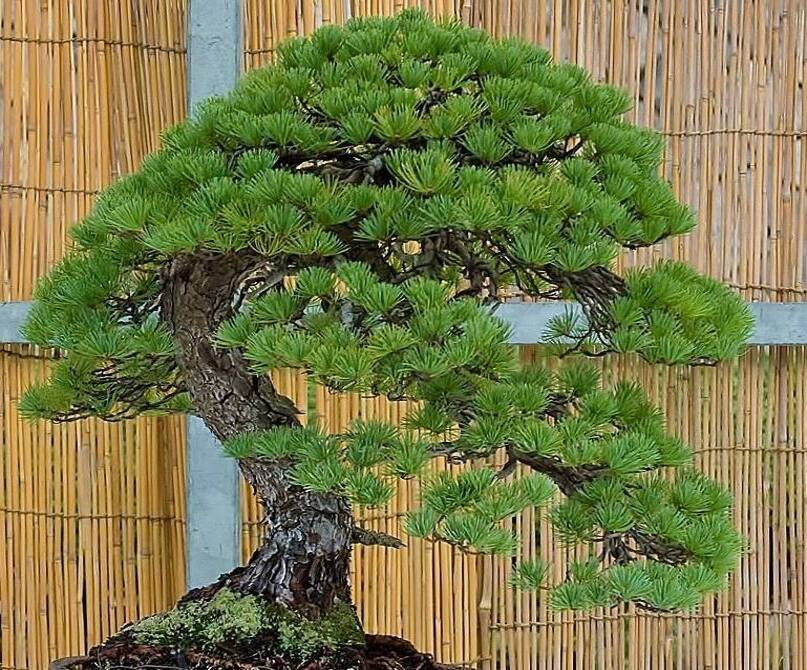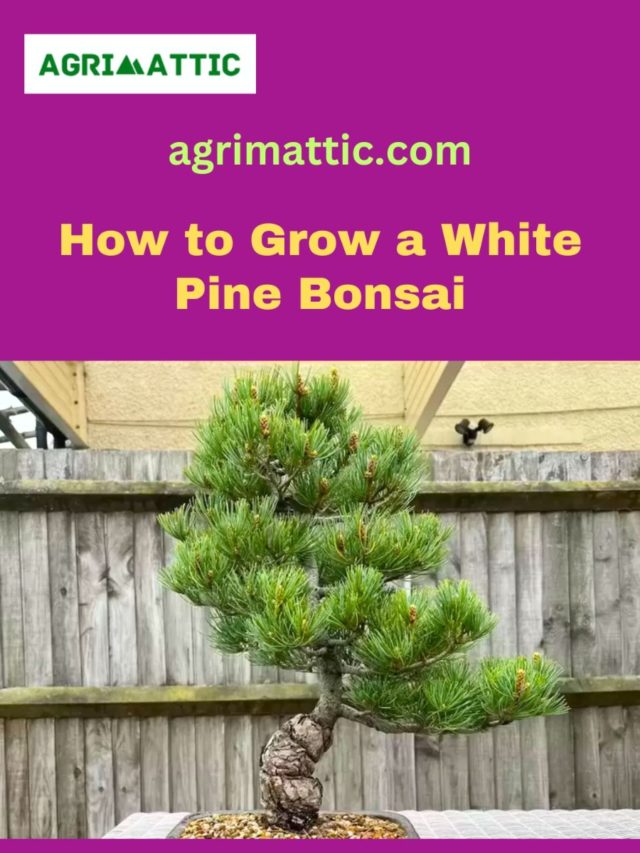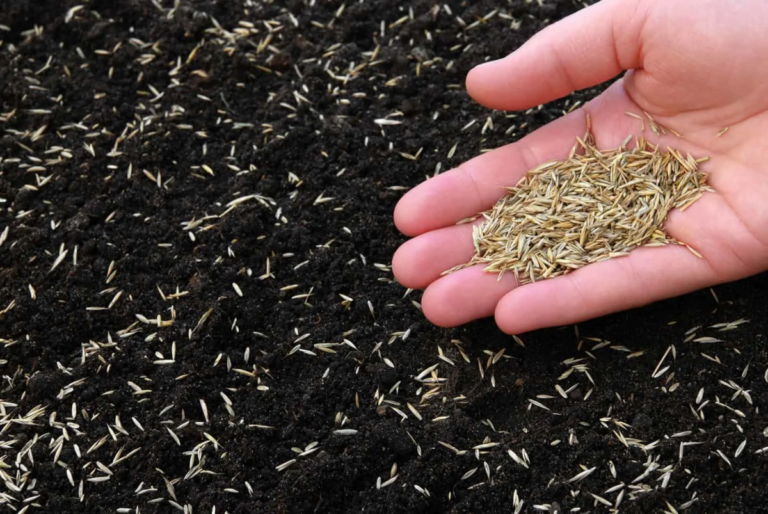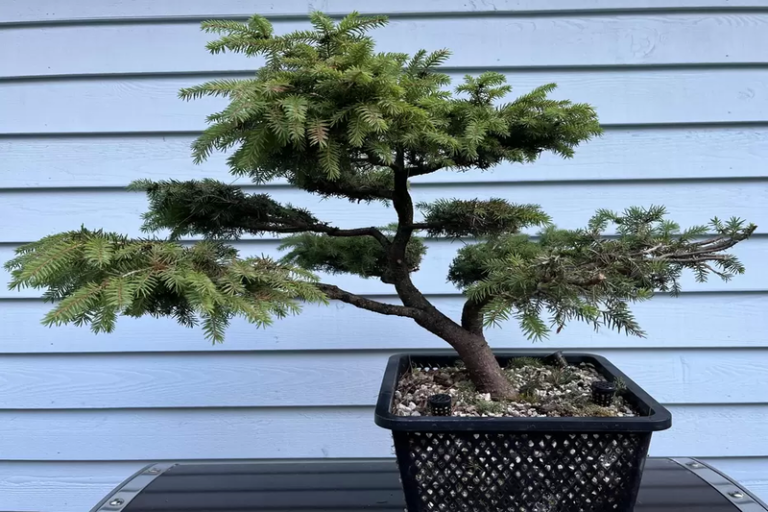White Pine Bonsai: A Timeless Beauty for Your Garden
A white pine bonsai is a container-grown miniature tree that is decorated to resemble a full-sized white pine tree. It is a favorite among bonsai enthusiasts due to its distinctive appearance and low maintenance needs.
What is a White Pine Bonsai?
A white pine bonsai is a form of bonsai tree created by cultivating and shaping a miniature white pine tree. Native to North America, the white pine is a coniferous evergreen tree with long, delicate needles and a conical shape.
In the art of bonsai, the white pine tree is trained and pruned into a small, compact tree that resembles a mature white pine tree.
History and Origins of White Pine Bonsai
The Japanese devised and perfected the Chinese art of bonsai more than a thousand years ago. It is believed that white pine bonsai trees were created by Japanese bonsai masters in the 18th and 19th centuries.
Native to North America, white pine trees were first introduced to Japan in the late 1700s. Japanese bonsai devotees were instantly attracted to the white pine’s graceful, sweeping branches and delicate needles, and it rapidly gained popularity for bonsai cultivation.
Yamamoto Hosaku, a bonsai master, created the first white pine bonsai in Japan that is known to exist in 1827. Hosaku was known for his exceptional skill in creating bonsai trees, and his white pine bonsai was considered a masterpiece at the time.
Since then, white pine bonsai trees have become a staple in the world of bonsai, admired for their unique features and rugged, weathered appearance. They are often grown in both Japan and North America, with bonsai enthusiasts around the world appreciating their beauty and elegance.
When white pine bonsai first gained popularity for bonsai culture in Japan in the 18th and 19th centuries, it is possible to trace its history and beginnings there. White pine bonsai trees are still highly regarded in the bonsai community today for their distinctive qualities and lengthy history.
Types of White Pine Bonsai
There are various species of white pine bonsai trees that bonsai enthusiasts regularly plant and develop. Some of the most popular varieties are:
1. Eastern White Pine (Pinus strobus): This is the most commonly grown type of white pine bonsai, known for its long, soft needles and graceful branching patterns.
2. Japanese White Pine (Pinus parviflora): This type of white pine bonsai is known for its short needles and compact, dense growth habit. It is often used in Japanese-style bonsai designs.
3. Himalayan White Pine (Pinus wallichiana): This variety of white pine bonsai has long, bluish-green needles and a distinctive, irregular growth pattern that gives it a unique character.
4. Mexican White Pine (Pinus ayacahuite): The long, thin needles and drooping branches of this white pine bonsai gives it a delicate, elegant appearance.
5. Limber Pine (Pinus flexilis): This white pine bonsai cultivar has short, twisted needles and a gnarled, rough appearance, making it a popular choice for bonsai aficionados seeking a more rugged and aged appearance.
Each variety of white pine bonsai has distinctive characteristics and growth patterns, making them all fascinating and beautiful additions to any bonsai collection.

White Pine Bonsai and its Symbolism
In Japanese culture, white pine bonsai trees have special significance as a symbol of longevity and tenacity. In Japan, the white pine is known as “matsu,” and it is frequently associated with New Year’s and the celebration of life.
In the art of bonsai, the white pine bonsai tree frequently represents “wabi-sabi,” a Japanese aesthetic philosophy that values imperfection, simplicity, and the beauty of the natural world. It is believed that the rugged, weathered appearance of a mature white pine bonsai reflects the passage of time and the transience of life.
White pine bonsai trees are frequently presented as gifts at marriages and anniversaries, where they are believed to bring the recipient good fortune and prosperity. In Japanese mythology, the white pine is associated with the gods and is thought to provide protection against malevolent entities.
In addition to its cultural significance, the white pine bonsai tree is also admired for its beauty and elegance. Its long, soft needles and graceful branching patterns make it a popular choice among bonsai enthusiasts looking to create a peaceful and tranquil atmosphere in their homes or gardens.
Overall, the symbolism of the white pine bonsai tree speaks to its enduring appeal and the deep connection that humans have with the natural world. Whether admired for its cultural significance or its beauty, the white pine bonsai tree is a cherished and meaningful addition to any bonsai collection.
Characteristics of White Pine Bonsai
Numerous distinctive characteristics make white pine bonsai trees a popular option among bonsai devotees. Among the most prominent characteristics are:
- Needles: White pine bonsai trees typically have long, slender needles that are arranged in fives. The hue of these needles can range from a brilliant, vibrant green to a more subdued bluish-green.
- Bark: The bark of a white pine bonsai tree is typically a light gray or brown color and can be smooth or slightly rough to the touch. As the tree ages, the bark may develop deep furrows and ridges, adding to its rugged and weathered appearance.
- Growth pattern: White pine bonsai trees have a distinctive growth pattern with long, upward-reaching branches that create an elegant and graceful silhouette. The branches may also droop slightly, adding to the tree’s natural and organic appearance.
- Size: White pine bonsai trees can grow quite large, with some specimens reaching heights of 50 to 80 feet in their natural habitats. However, when grown as bonsai, white pine trees are typically kept much smaller, with a height range of 6 to 24 inches.
- Hardy: White pine bonsai trees are renowned for their resilience and ability to endure a broad variety of weather conditions. They can withstand both high and frigid temperatures and grow in a variety of soil types.
White pine bonsai plants are an intriguing and lovely addition to any bonsai collection due to their distinctive qualities. They are naturally beautiful due to their long, slender needles, unique growth pattern, and tough bark. Bonsai fans of all skill levels may choose these trees since they are dependable and simple to maintain.
How to Grow a White Pine Bonsai
Growing a white pine bonsai can be a rewarding and enjoyable experience for gardeners and bonsai enthusiasts. Here are some steps to follow when growing a white pine bonsai:
Choose a suitable tree: Choose a white pine bonsai that is robust, healthy, and well-balanced with lots of foliage and a sturdy trunk. It’s crucial to pick a tree that will thrive in your region’s environment and growth circumstances.
Choose the right pot and soil: White pine bonsai plants require an organically rich, well-draining soil composition. Select a bonsai pot with enough drainage holes to allow excess water to drain and that is just slightly larger than the root system.
Prune and shape the tree: Pruning and shaping can maintain a proper growth and desirable length it also prevent it from shallow growth. In the spring or summer, prune the tree, taking care not to remove more than one-third of the foliage at once.
Water the tree regularly: White pine bonsai trees require regular watering to thrive. Water the tree when the soil feels slightly dry to the touch, being careful not to overwater or allow the soil to become waterlogged.
Provide adequate sunlight: To develop and thrive, white pine bonsai plants need lots of sunshine. Put the tree in a well-lit, sunny spot where it will get at least six hours of sunshine per day.
Fertilize regularly: To keep your white pine bonsai healthy and strong, fertilize it regularly using a balanced fertilizer designed for bonsai trees.
Monitor for pests and diseases: Keep an eye out for common pests and diseases that can affect white pine bonsai trees, such as spider mites, aphids, and needle blight. Treat any problems promptly to prevent them from spreading and causing damage to the tree.
You may have a lovely and healthy tree that will provide you delight and happiness for many years by following these instructions and giving your white pine bonsai the care and attention it requires.
Benefits of White Pine Bonsai
White pine bonsai trees offer a variety of aesthetic and practical benefits. Here are some advantages of cultivating a white pine bonsai:
1. Beauty: White pine bonsai trees have an elegant and timeless beauty that can enhance the look of any indoor or outdoor space. Their delicate foliage and graceful form make them a popular choice for home decor and landscaping.
2. Relaxation: Caring for a white pine bonsai tree can be a stress-relieving and tranquil activity that encourages mindfulness. Numerous individuals find the process of pruning, shaping, and caring for a bonsai tree to be meditative and rewarding.
3. Health benefits: Spending time in nature and providing for flora has been shown to have positive effects on mental and physical health. Growing a white pine bonsai tree can reduce tension, lower blood pressure, and enhance mood and focus.
4. Educational value: Growing a white pine bonsai tree can be both entertaining and educational for children and adults. By studying the history, care, and symbolism of bonsai trees, one can acquire a deeper appreciation for this ancient art form and a greater comprehension of the natural world.
5. Environmental benefits: Bonsai trees, such as white pine bonsai trees, can enhance air quality by absorbing pollutants and producing oxygen. They also provide habitat and sustenance for birds and other fauna, which contributes to the preservation of biodiversity.
In addition to these advantages, cultivating a white pine bonsai tree can be a satisfying and rewarding hobby that enables you to connect with nature and express your creativity.

Styling and Design of White Pine Bonsai
Styling and designing a white pine bonsai tree is a creative process that requires careful consideration of the tree’s natural characteristics and growth patterns. Here are some tips for styling and designing a white pine bonsai:
Determine the style: There are several bonsai styles to choose from, including formal upright, informal upright, slanting, semi-cascade, and cascade. Consider the tree’s natural growth pattern and choose a style that complements its form.
Prune and shape the branches: Use sharp bonsai scissors to carefully prune back new growth and shape the branches to achieve the desired look. Remove any branches that are growing in an undesirable direction or are too thick for the design.
Consider the pot: The container that you select for your white pine bonsai should complement the tree’s style and design. Consider the pot’s size, shape, color, texture, and finish.
Balance the design: A well-designed white pine bonsai should have a sense of balance and harmony between the branches, foliage, and pot. Use the principle of negative space to create a sense of depth and dimension in the design.
Create movement: Bonsai trees are often styled to create the illusion of movement or flow. Use subtle bends and twists in the branches to create a sense of dynamic energy and movement.
Enhance the natural beauty: White pine bonsai trees have a unique and delicate beauty that should be enhanced through careful styling and design. Consider using accent plants, rocks, or other elements to enhance the natural beauty of the tree.
You can create a gorgeous and unique white pine bonsai tree that reflects your personal style and aesthetic preferences by following these guidelines and using your creativity and imagination.
How to Care for and Maintain White Pine Bonsai
Caring for and maintaining a white pine bonsai tree requires regular attention and care. Here are some tips for keeping your white pine bonsai healthy and thriving:
- Watering: White pine bonsai trees require regular watering, especially during the growing season. Water the tree thoroughly, making sure the water penetrates the soil and reaches the roots. Avoid overwatering or letting the soil dry out completely.
- Fertilizing: Use a balanced fertilizer designed for bonsai trees to provide the necessary nutrients for healthy growth. Follow the instructions on the package for application rates and frequency.
- Pruning: Regular pruning is necessary to maintain the shape and health of the white pine bonsai tree. Remove any dead or damaged branches, as well as any branches that are growing in an undesirable direction.
- Wiring: Wiring can be used to shape and train the branches of the white pine bonsai tree. Use care when wiring to avoid damaging the branches or trunk.
- Repotting: White pine bonsai trees should be repotted every two to three years to provide fresh soil and prevent the roots from becoming crowded. Repot in the spring, using a bonsai soil mix and a pot that is slightly larger than the current one.
- Sunlight: White pine bonsai trees require bright, indirect sunlight to thrive. Place the tree near a window or in a location that receives plenty of natural light.
By adhering to these care and maintenance recommendations, you can ensure that your white pine bonsai tree remains healthy and attractive for many years.
White Pine Bonsai care sheet
| Aspect | Care Tips |
| Watering | Water thoroughly, avoid overwatering or letting soil dry out. |
| Fertilizing | Use balanced fertilizer, follow instructions on package. |
| Pruning | Regularly remove dead or damaged branches, unwanted growth. |
| Wiring | Use care to avoid damaging branches or trunk. |
| Repotting | Every 2-3 years, use bonsai soil mix, slightly larger pot. |
| Sunlight | Bright, indirect sunlight. |
By following these care tips, you can help your white pine bonsai tree thrive and maintain its health and beauty.
Conclusion
White pine bonsais are perfect if you want a low-maintenance bonsai tree that nonetheless looks interesting and lovely. If you give your white pine bonsai tree the attention it needs, you may grow it into a thing of beauty and pride.
FAQ:
Q: What is a white pine bonsai?
A: A white pine bonsai is a tiny replica of a white pine tree that is cultivated and groomed to produce a small, visually beautiful tree for interior or outdoor decoration.
Q: How big does a white pine bonsai grow?
A: The scale of a white pine bonsai can vary based on the age and training of the tree. However, a white pine bonsai can develop to an average height of 1-2 feet.
Q: What makes a white pine bonsai unique?
A: White pine bonsai trees are one of a kind due to their attractive, fine needles and their adaptability to both indoor and outdoor settings. They can also withstand severe climates and temperatures as another one of its defining characteristics.
Q: Is it difficult to care for a white pine bonsai?
A: Like all bonsai trees, caring for a white pine bonsai requires some effort and attention to detail. However, with proper care and maintenance, white pine bonsai trees can thrive and be a beautiful addition to your home or garden.
Q: Can I keep my white pine bonsai indoors?
A: Yes, white pine bonsai trees can be kept indoors, but they will need to be placed in a location that receives bright, indirect sunlight. Additionally, they will need to be watered regularly and given proper fertilizer to ensure their health and growth.
Also Read:








